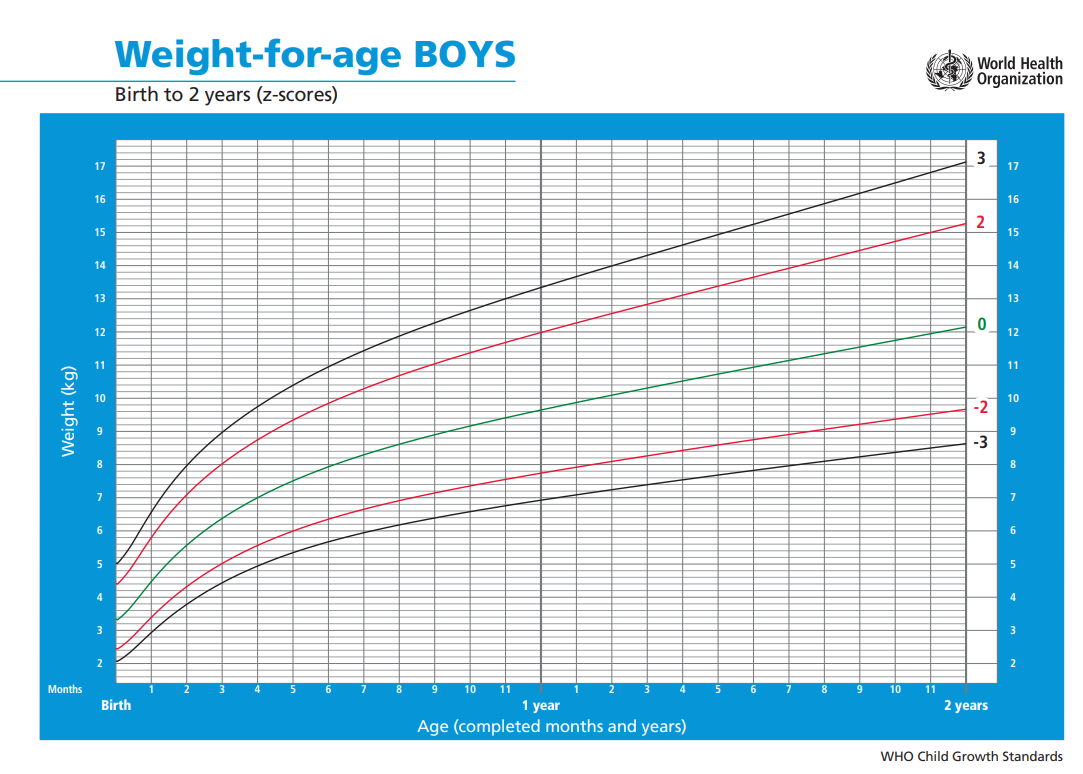
Optimal Nutrition During the First 1,000 Days of Life
Optimal Nutrition During the First 1,000 Days of Life
The first 1,000 days—from conception to a child’s second birthday—are marked by rapid growth, organ development, and the maturation of metabolic and physiological systems. During this critical window, the nervous system and cognitive functions also develop at their fastest rate.
A healthy, balanced, and science-based nutrition plan during this period lays the foundation for physical and brain development, while offering long-term health benefits. The quality and quantity of daily meals during this time not only affect overall health but also help reduce the risk of chronic and metabolic diseases.
Children should receive adequate nutrition through a well-balanced diet, exclusive breastfeeding for the first 6 months, the introduction of complementary foods after 6 months, and continued breastfeeding until 2 years of age.

In addition to physical growth, the first 1,000 days are essential for cellular and organ function, metabolic programming, and the development of adaptive responses to environmental stimuli such as physiological, hormonal, neurological, and immune reactions. These experiences help shape a healthy and happy life.
---
Common and easy-to-track key nutritional indicators in the first 1,000 days include fetal weight and size, as well as a child’s height and weight by age. A proper nutrition plan for both pregnant women and infants helps prevent nutritional disorders (malnutrition, overweight, obesity), which are contributing factors to chronic non-communicable diseases. Refer to the World Health Organization’s growth chart below to monitor your child’s development.
---
One of the most important aspects of nutrition during the first 1,000 days is breastfeeding and complementary feeding. It is recommended to exclusively breastfeed for the first 6 months, then continue breastfeeding alongside appropriate complementary foods until 2 years of age [5].
Breast milk contains bioactive molecules such as immune factors, hormones, anti-infective and anti-inflammatory agents, growth factors, probiotics (beneficial bacteria), and prebiotics (fiber). These components provide comprehensive protection and support immune maturation, organ development, and a balanced gut microbiota [6].
Moreover, studies show that breastfed children are more likely to accept vegetables and new foods during the complementary feeding phase [7].

Six months is the optimal time to begin full complementary feeding [5]. Children exposed to a diverse diet during this phase are more likely to accept new flavors compared to those on a monotonous diet. This highlights the importance of offering a variety of foods to help build healthy eating habits and food culture in both the short and long term [8, 9]. There is growing evidence that experiences during the first 1,000 days can have lasting effects on a child’s health. Overnutrition during early childhood—due to diets high in energy, protein, sugar (sucrose), salt (sodium), and saturated fat—can lead to long-term consequences, including metabolic imbalances, altered body composition, and increased risk of overweight, obesity, and chronic diseases later in life.
---
Conclusion
A well-balanced nutrition plan during the first 1,000 days—for both mother and child—can reduce infant mortality and disease rates, enhance cognitive and motor development, improve social and learning abilities, increase adult height, and lower the risk of obesity and metabolic disorders. These benefits have a profound impact on lifelong health and well-being.
Reference
§ 1. Da Cunha AJLA, Leite ÁJM, De Almeida IS. The pediatrician’s role in the first thousand days of the child: the pursuit of healthy nutrition and development. Jornal De Pediatria. 2015;91(6):S44-S51. Link
§ 2. Early Nutrition and Long-Term health. (2016, November 29). Link
§ 3. Moore, T. G. (2017). The first thousand days: an evidence paper. Link
§ 4. Kabaran, S., & Besler, H. T. (2015). Do fatty acids affect fetal programming? Journal of Health Population and Nutrition, 33(1). Link
§ 5. Pietrobelli, A., & Agosti, M. (2017). Nutrition in the First 1000 Days: Ten Practices to Minimize Obesity Emerging from Published Science. International Journal of Environmental Research and Public Health, 14(12), 1491. Link
§ 6. Ballard, O., & Morrow, A. L. (2012). Human milk composition. Pediatric Clinics of North America, 60(1), 49–74. Link
§ 7. Scott, J., Chih, T., & Oddy, W. (2012). Food Variety at 2 Years of Age is Related to Duration of Breastfeeding. Nutrients, 4(10), 1464–1474. Link
§ 8. De Cosmi, V., Scaglioni, S., & Agostoni, C. (2017). Early taste experiences and later food choices. Nutrients, 9(2), 107. Link
§ 9. Maier, A., Chabanet, C., Schaal, B., Issanchou, S., & Leathwood, P. (2007). Effects of repeated exposure on acceptance of initially disliked vegetables in 7-month old infants. Food Quality and Preference, 18(8), 1023–1032. Link
§ 10. Weight-for-age. (2025, April 1). Link